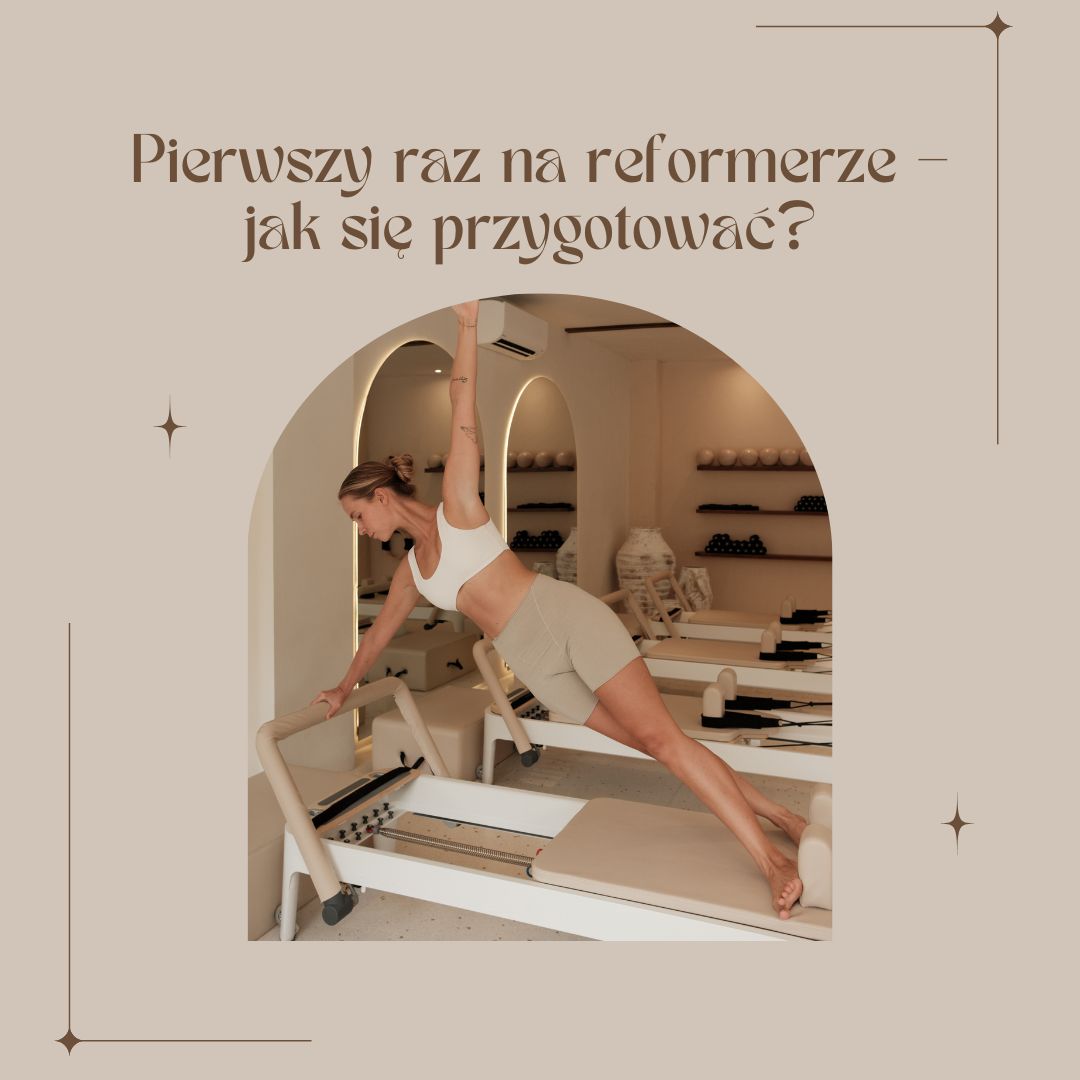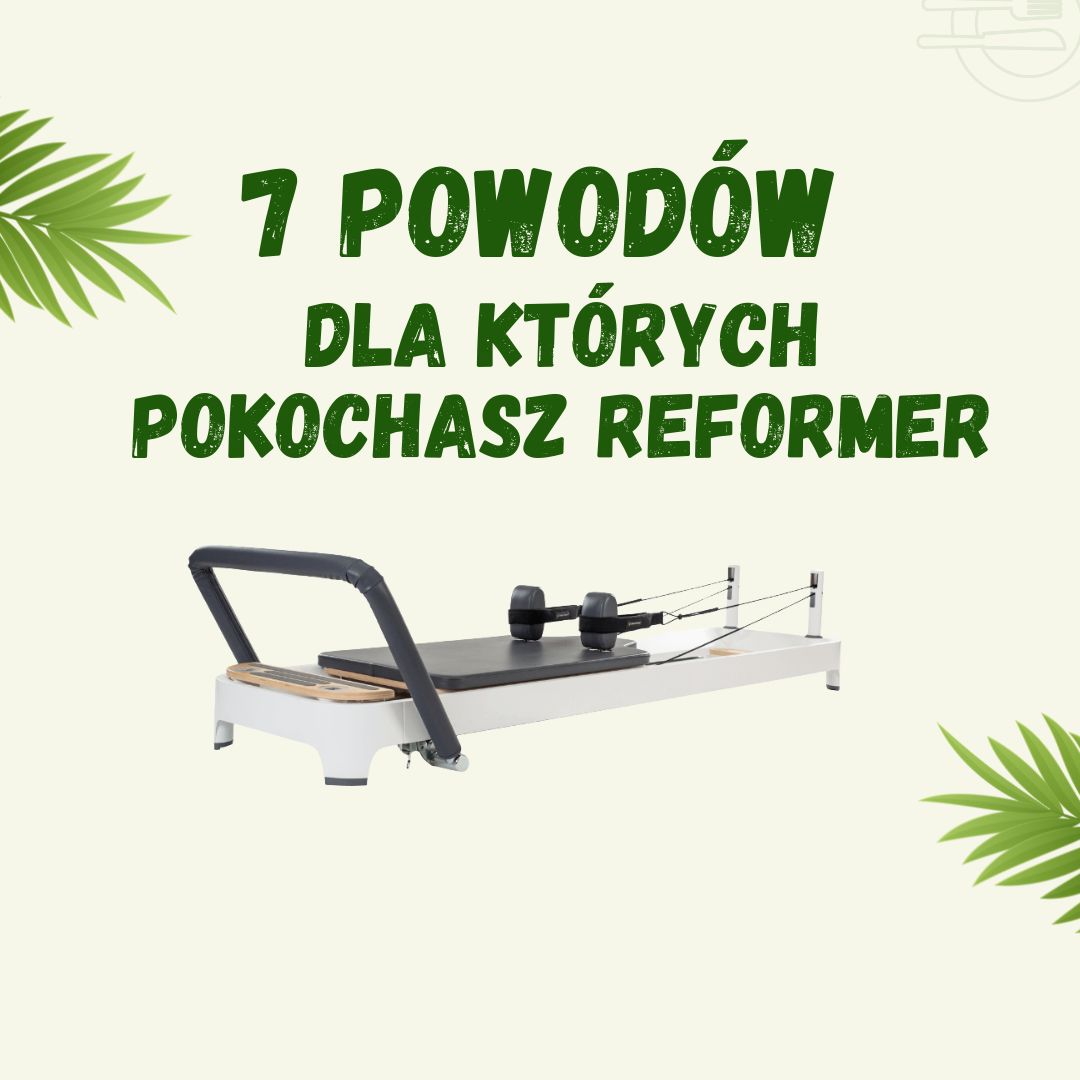How to choose the best exercise mat?
Welcome to another #Beshaped post! On our blog, you will find advice on nutrition, exercise, suggestions on choosing the right clothes, and a handful of tips on typical female issues. In this post, you will learn how to choose the best exercise mat? 
Types of exercise mats
There are different types of exercise mats that are available in the market depending on their purpose and the material they are made of.
One factor to consider when choosing an exercise mat is its thickness. The standard thickness of an exercise mat is around 0.6-1 cm. This is sufficient thickness for most exercises, including yoga, Pilates, strength training, and stretching.
A professional exercise mat is a mat made of durable materials that provide adequate grip and cushioning. Such mats are usually thicker and more comfortable to use. They are intended for use in gyms, fitness studios and group classes.
When it comes to a fitness mat, the best one is one that is resistant to abrasion and has the right grip. The mat should also be easy to clean and carry. Depending on the type of exercise you plan to do, you can choose a mat of different thickness.
If you exercise on a hard surface, it is worth considering buying a thick exercise mat. A thicker mat will protect your joints and muscles from injuries and trauma caused by a hard surface.
Ultimately, when choosing the right thickness of an exercise mat, you should consider your individual needs and preferences, as well as the type of exercise you plan to perform.

How thick should an exercise mat be?
The appropriate thickness of an exercise mat depends on the type of exercise you plan to do. A standard exercise mat is around 0.6-1 cm thick and is sufficient for most exercises, such as yoga, pilates, strength training, and stretching.
However, if you are doing exercises that require more cushioning, such as jumping or high-impact exercises, it is worth choosing a thicker mat. A thicker exercise mat will provide better protection for joints and muscles from injuries, but it may also be less convenient to transport and store.
Professional exercise mats are usually thicker and more comfortable to use, which provides better protection against injuries. They are designed for use in gyms, fitness studios and group classes.
When it comes to a fitness mat, the best one is one that is resistant to abrasion and has the right grip. The mat should also be easy to clean and carry. Depending on the type of exercise you plan to do, you can choose a mat of different thickness.
Ultimately, when choosing the right thickness of exercise mat, you should consider your individual needs and preferences, as well as the type of exercise you plan to do. It is worth choosing a mat that will provide you with adequate cushioning and protection against injuries, while allowing you to perform exercises comfortably and effectively.

Exercise mat - what material is it made of?
An exercise mat can be made of various materials, and the choice depends on the individual preferences of the user. The most common materials used to produce exercise mats are:
- PVC - mats made of this material are relatively cheap, lightweight and easy to store. They are usually used in gyms and group classes.
- Rubber - Mats made of rubber are more durable and abrasion resistant than PVC mats. They are usually used in strength training, stretching and yoga.
- Natural Rubber - Mats made from natural rubber are more environmentally friendly and are often chosen by those looking for eco-friendly products. They are commonly used in yoga, pilates and strength training.
- Eco-leather - mats made of this material are very durable and resistant to abrasion, which makes them ideal for exercises that require more stability, such as flat stomach exercises. They are also easy to keep clean.
Professional exercise mats are usually made of durable materials that ensure the mat's longevity and comfort of use. A fitness mat should be made of materials with good adhesion and abrasion resistance, such as rubber or gum. 
Choosing an exercise mat - what to pay attention to?
Here are five criteria to consider when choosing an exercise mat:
- Thickness: Choose a mat that is the right thickness for your exercise. Mats that are too thin may not be comfortable enough and may not protect your body from the hard floor, while mats that are too thick may be unstable and make it difficult to perform exercises. The recommended thickness of an exercise mat is between 6 and 15 mm.
- Material: Choose a mat made of materials that are resistant to abrasion and easy to keep clean. The most common materials used to make exercise mats are PVC, rubber, natural rubber and eco-leather.
- Size: Choose a mat that is large enough to provide a place to perform your exercises. The standard size of a mat is 180 x 60 cm, but you can also find larger or smaller mats depending on your individual needs.
- Anti-slip: Make sure the mat has good grip on the floor to avoid slipping while exercising. Rubber or natural rubber mats usually provide better grip than PVC mats.
- Durability: Choose a mat that is durable and will last a long time. Mats made from high-quality materials are more resistant to abrasion and damage than cheaper mats made from lower-quality materials.
It is important to choose an exercise mat that meets your individual needs and ensures comfort and safety during exercise.





Leave a comment